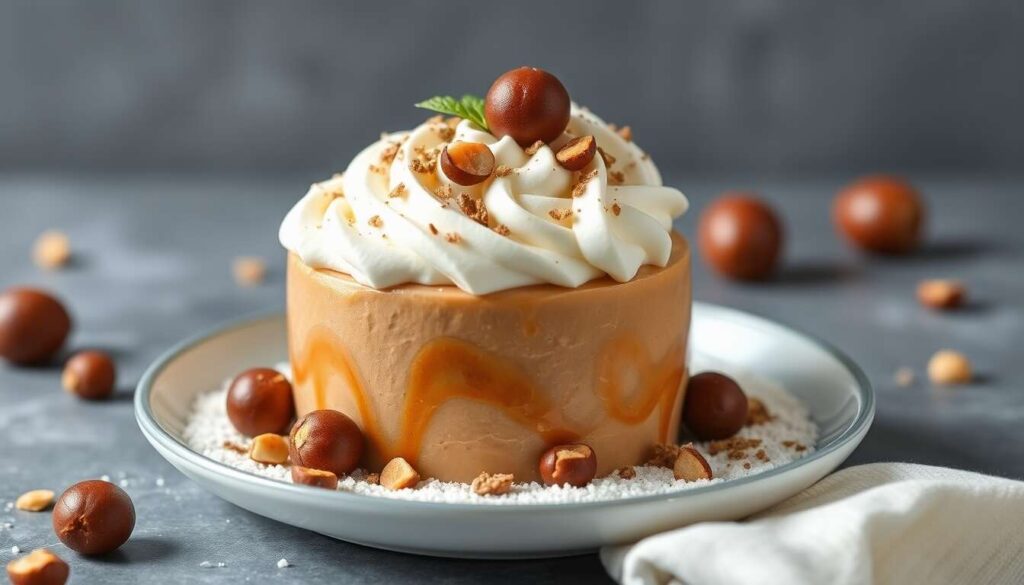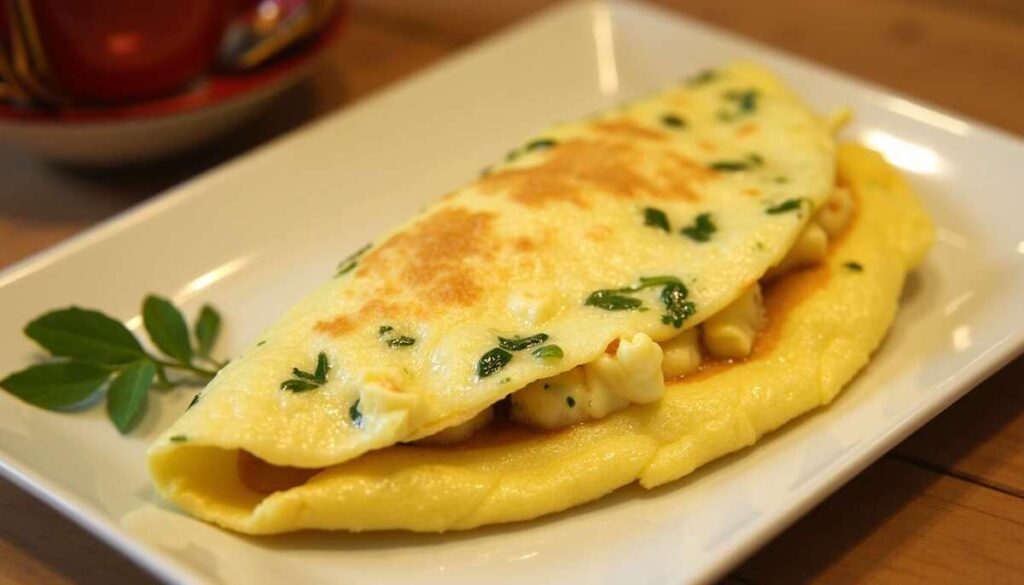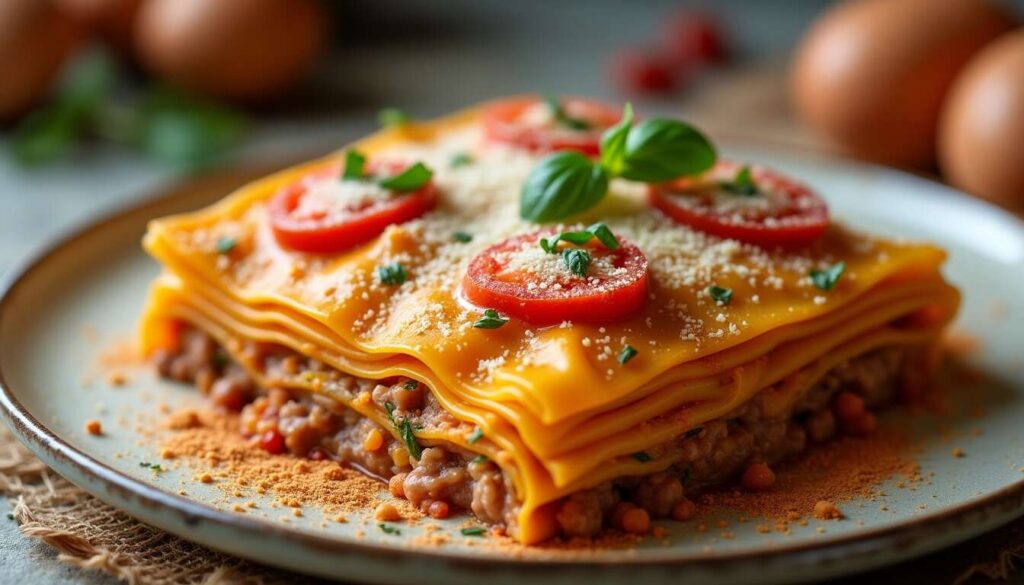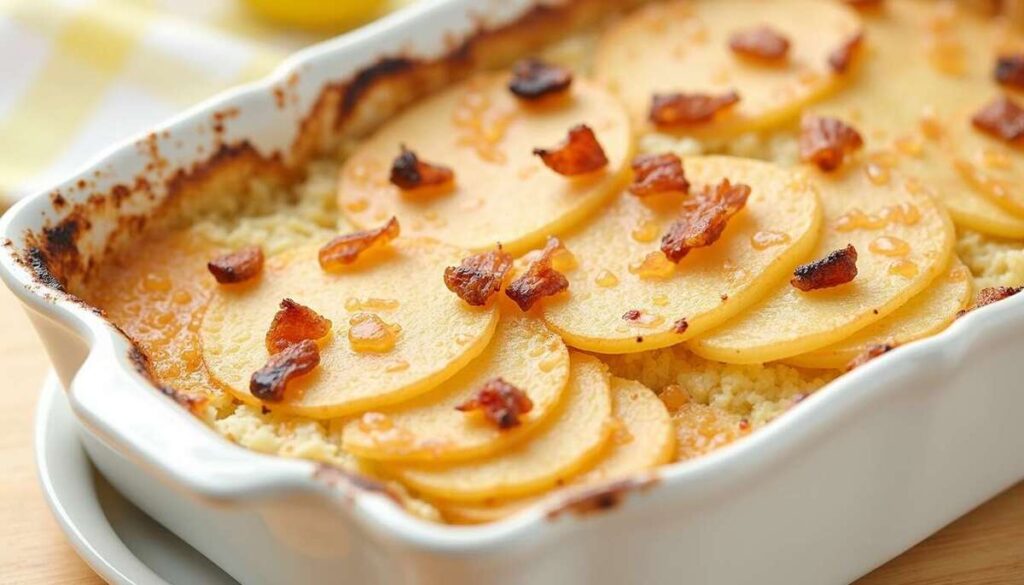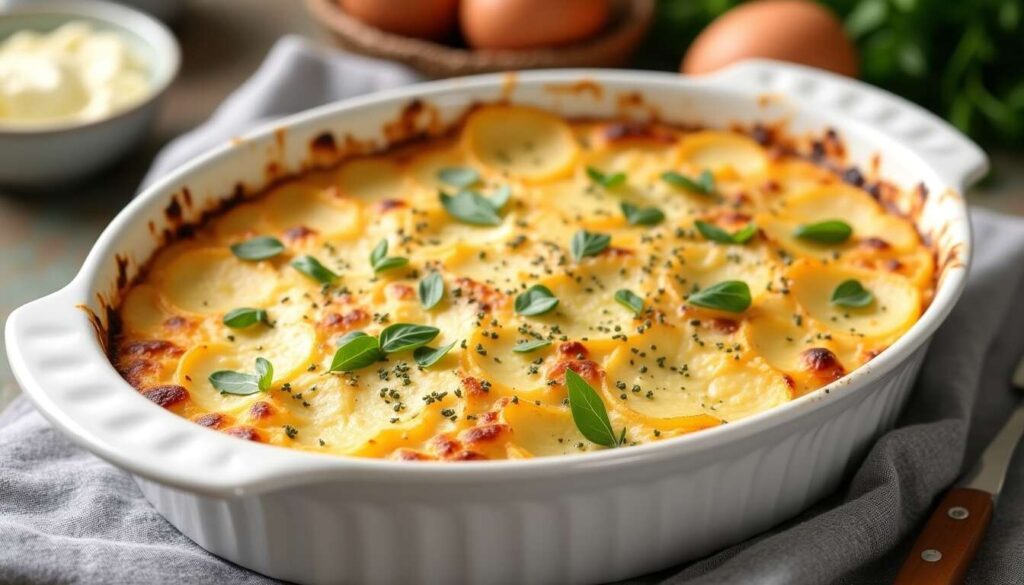Chicken is one of the most beloved meats, yet it is notorious for becoming dry if not cooked properly. Several tips and recommendations can help you achieve juicy and flavorful chicken. In this article, we will explore common mistakes and best practices to avoid serving dry chicken.
Understanding Why Chicken Becomes Dry
Components of Chicken and Their Reaction to Heat
To understand why chicken can turn dry during cooking, it’s crucial to know how it reacts to heat. Chicken is primarily composed of proteins and water. When overcooked, these proteins contract and expel moisture, resulting in dry and unappetizing meat.
The Impact of Temperature
One of the main factors contributing to dry chicken is incorrect cooking temperature. Too high of a temperature quickly dehydrates the flesh. To preserve the juiciness of the chicken, it is essential to maintain moderate temperature levels while adhering to the required cooking time.
Now that we understand why chicken can dry out, let’s examine the common mistakes to avoid during its cooking.
Common Cooking Mistakes to Avoid
Underestimating the Importance of Marinade
A frequent mistake is neglecting the marinating step. Not only does it enhance flavor, but it also helps retain the moisture in the chicken. A well-crafted marinade guarantees protection against dryness.
Inadequate Placement in the Oven
Placing chicken too high or too low in the oven can lead to uneven cooking. Utilize the center rack for optimal heat distribution, thus avoiding unnecessary drying.
- Avoid cooking at excessively high temperatures
- Do not skip resting the chicken after cooking
- Limit the use of direct high heat
Having identified the classic mistakes, the next key step is to explore how to adjust cooking times to sidestep these pitfalls.
The Perfect Cooking Time for Your Chicken
Cooking Times by Cut
The cooking time should vary according to the chicken part. Here’s a summary table of general recommendations:
| Type of Cut | Cooking Time | Internal Temperature |
|---|---|---|
| Boneless Breast | 20-30 minutes | 75°C |
| Bone-in Thighs | 40-45 minutes | 80°C |
The Importance of a Meat Thermometer
Using a meat thermometer is an excellent way to ensure your chicken reaches the correct temperature without exceeding the optimal cooking time, thus guaranteeing juicy meat.
By mastering cooking times, you can ensure juicy meat, but what cooking techniques can further help preserve moisture?
Cooking Techniques to Preserve Moisture
Cooking Sous Vide
The sous vide cooking method is ideal for retaining the chicken’s moisture. It involves cooking the meat in a sealed bag submerged in water at a controlled temperature. This technique ensures even cooking.
Understanding Steaming
Steaming is often an underestimated technique but is highly effective in maintaining chicken’s moisture. Positioned above boiling water, the meat cooks gently without losing its precious juices.
To maximize the effect of these techniques, a marinade plays a complementary role, which we will explore in the next section.
Secrets to a Successful Marinade
Key Ingredients
For a marinade that retains moisture, incorporate acidic ingredients like lemon or vinegar, oils for richness, and spices to enhance flavor. The tip: allow marinating for at least two hours in the refrigerator.
How to Optimize Marinating Time
The marinating time can make a significant difference. The longer the meat is marinated, the better the flavors will penetrate. However, it is crucial not to exceed 24 hours to avoid altering the chicken’s natural taste.
Following a successful marinade, another traditional technique you should know is poaching, which is highly effective for keeping chicken tender.
The Art of Poaching for Guaranteed Tenderness
Principle of Poaching
Poaching involves cooking chicken in simmering liquid. Unlike boiling, this gentle method preserves the meat’s moist texture.
Benefits of Poaching
Avoiding vigorous boiling not only preserves moisture but also enhances flavor with aromatic broths. This slow and steady process is one of the best ways to achieve juicy chicken.
As you become adept at this ancient art, adjusting cooking methods to your equipment will bring a new dimension to your dishes.
Adapting Cooking to Your Equipment
Using an Air Fryer
The air fryer is an effective solution for cooking your chicken with minimal fat while preserving moisture. Adjust the time and temperature according to the appliance’s guidelines for optimal results.
The Importance of Adjusting for Ovens
Every oven is unique. For even cooking, adjust the rack height and regularly monitor the internal temperature of the chicken using a thermometer.
If you find yourself with disappointing results, know that there are also simple solutions to rescue dry chicken, which we will discuss in the next section.
Tips for Reviving Overcooked Chicken
Using Sauces and Broths as Solutions
If your chicken turns out too dry, one of the best remedies is to use rich sauces or light broths to rehydrate the meat.
Adding Juicy Sides
Serve your chicken with juicy sides, such as grilled vegetables or pilaf rice, to counterbalance the dryness.
- Utilize creamy sauces
- Cook with flavorful broths
- Incorporate chicken into stews
With these tips, no meal is ever lost, and you are now ready to apply all these techniques for perfectly juicy chicken.
By mastering the art of chicken cooking, from understanding the causes of dryness to employing the most effective cooking methods, you guarantee delicious results with every preparation. A well-thought-out marinade, adapted to your equipment, and a few recovery tricks ensure always succulent chicken. Whether you choose poaching or steaming, the path to a juicy gourmet experience is now clearly mapped out. Bon appétit!


